The devastating floods that swept through the Texas Hill Country on 4th of July 2025 have killed at least 89 people, with dozens still missing. As communities grapple with the tragedy, unfounded claims about cloud seeding causing the disaster have spread rapidly online. Meteorologists and officials have firmly rejected these theories.
The floods resulted from a perfect storm of natural factors. Remnants of Tropical Storm Barry combined with other moisture sources stalled over Central Texas and unleashed extraordinary rainfall. The National Weather Service reported over 12 inches of rain fell in parts of the Texas Hill Country over several hours. The Guadalupe River rose rapidly, overwhelming riverside communities.
“As is often the case with the worst disasters, many things came together in a terrible way,” said Robert Henson, a meteorologist with Yale Climate Connections. The region’s geography played a crucial role. Known as “Flash Flood Alley,” the Texas Hill Country features steep hills and hard-packed soil that causes rapid runoff into narrow river channels.
The timing couldn’t have been worse. The floods struck in the early morning hours of July 4, when many were asleep, including children at Camp Mystic, a summer camp devastated by the surging waters.
Despite clear meteorological causes, conspiracy theories quickly emerged claiming cloud seeding — a weather modification technique — was responsible. Cloud seeding involves introducing substances like silver iodide into existing clouds to enhance precipitation.
Augustus Doricko, CEO of Rainmaker Technology Corp., addressed these claims directly. His company conducted a cloud seeding flight in South Central Texas on July 2, but halted operations the same day due to already high atmospheric moisture. Those clouds dissipated by 4 p.m. that day — more than 24 hours before the catastrophic rainfall began on July 4.
Similar Posts:
“Cloud seeding cannot create a storm of this magnitude or size,” explained Travis Herzog, a Houston meteorologist. “In fact, cloud seeding cannot even create a single cloud. All it can do is take an existing cloud and enhance the rainfall by up to 20%.”
Matthew Cappucci, another meteorologist, put it bluntly: “Cloud seeding is for a tiny cloud—not a 4,000,000,000,000-gallon flood.”
The Texas Department of Licensing and Regulation, which oversees cloud seeding under the 1967 Texas Weather Modification Act, states on its website that “there is no evidence that seeding causes clouds to grow substantially taller and produce unwanted effects such as damaging winds, hail, and flash floods.”
Some political figures have amplified the unfounded theories. Georgia congressional candidate Kandiss Taylor posted: “Fake weather. Fake hurricanes. Fake flooding. Fake. Fake. Fake.” Representative Marjorie Taylor Greene announced plans to introduce a bill making weather modification a felony.
In contrast, Senator Ted Cruz stated, “To the best of my knowledge, there is zero evidence of anything related to anything like weather modification.”
The real concern, many experts note, is climate change. A warmer atmosphere holds more moisture, potentially making rainfall events more intense. “With climate change we have a warming atmosphere. A warmer atmosphere holds a lot more moisture,” said Brett Anderson, a senior meteorologist at AccuWeather.
The tragedy has also renewed questions about warning systems in Kerr County, which has one of the highest flash flood risks in the nation. Despite warnings from the National Weather Service as early as July 2, many residents reported receiving no emergency alerts in time. As recovery efforts continue, the focus remains on supporting affected communities while understanding the true causes of this natural disaster.
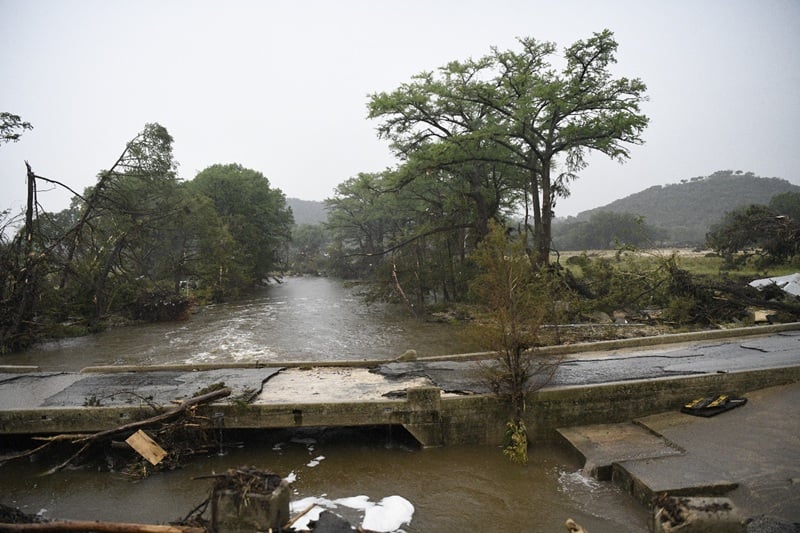



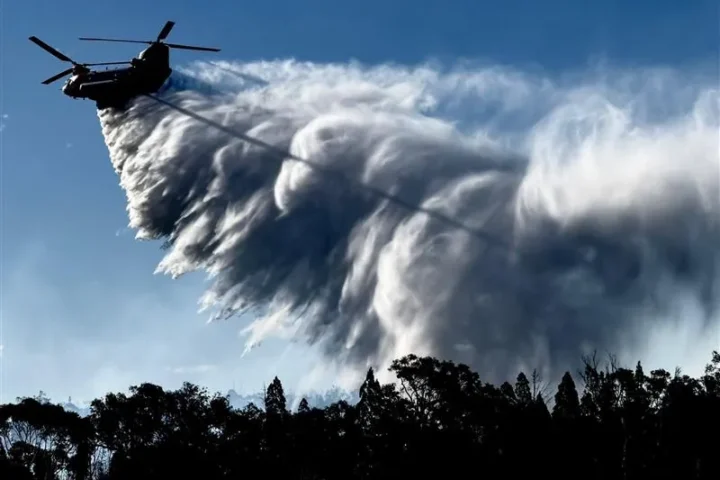
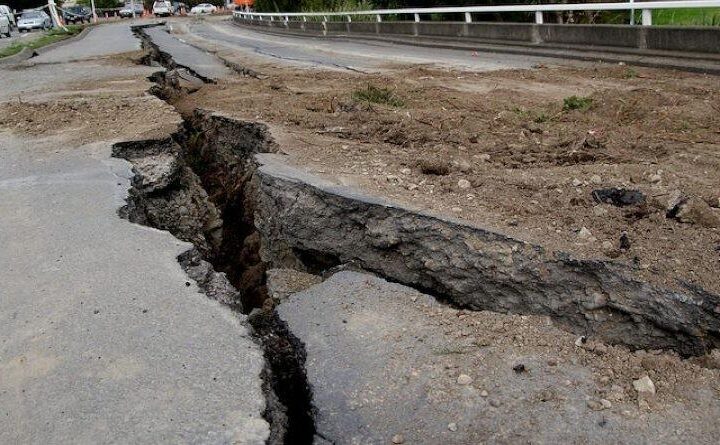
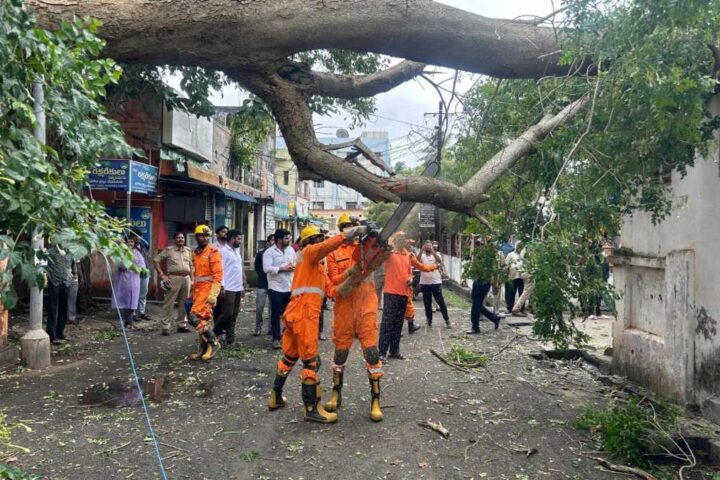
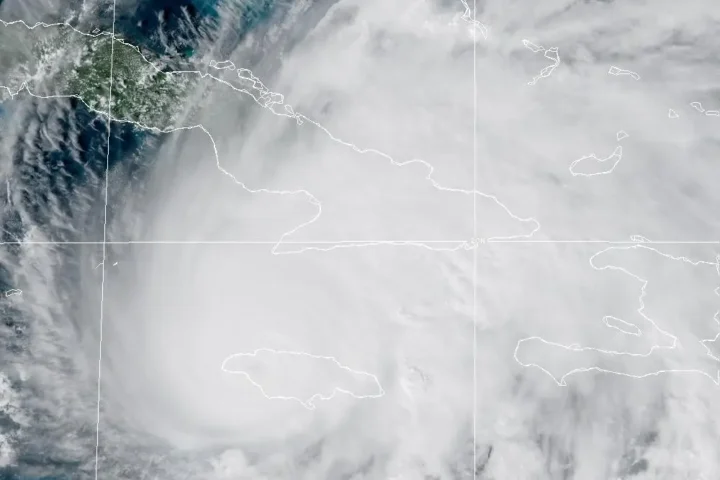
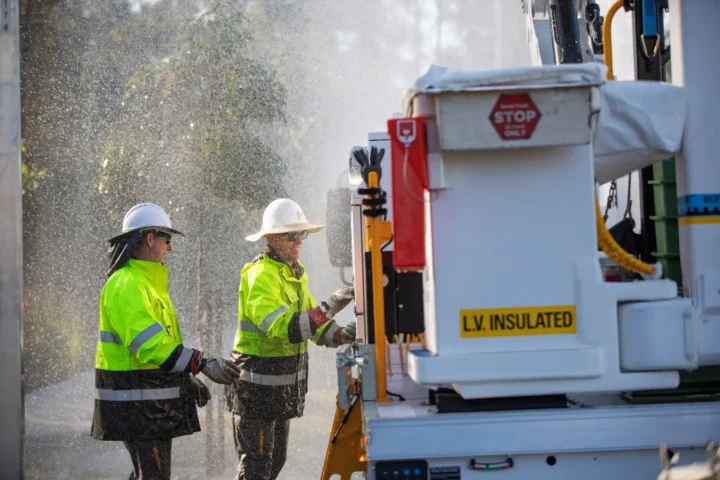
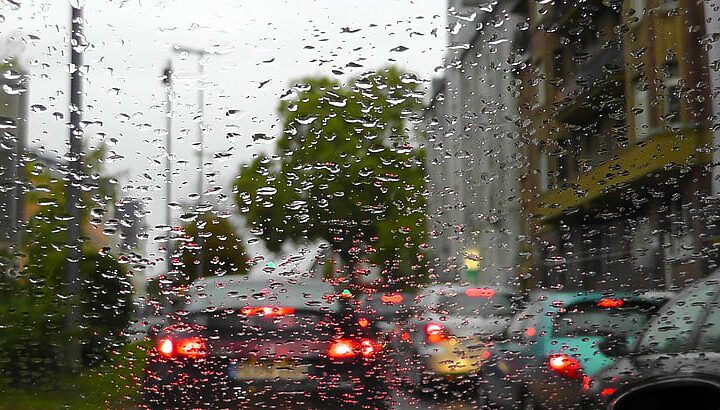

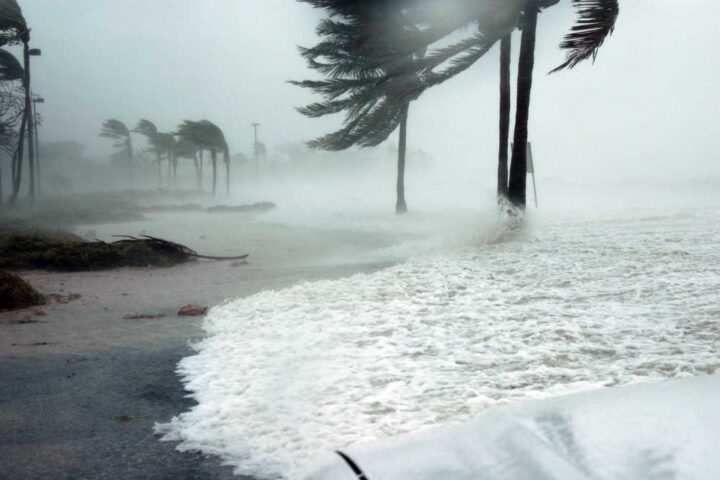
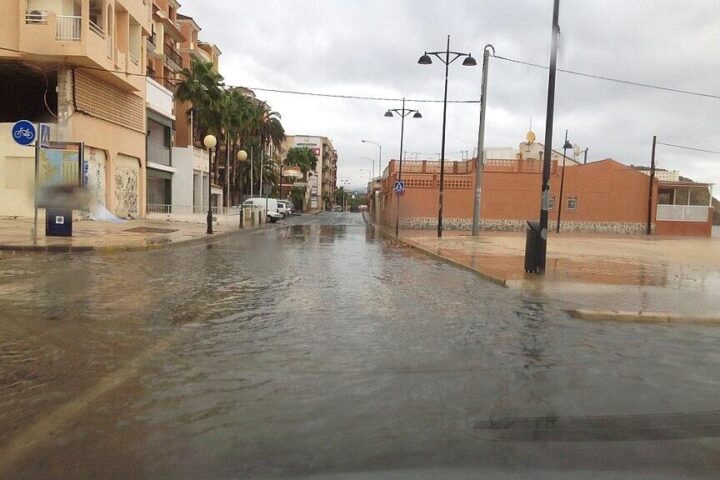
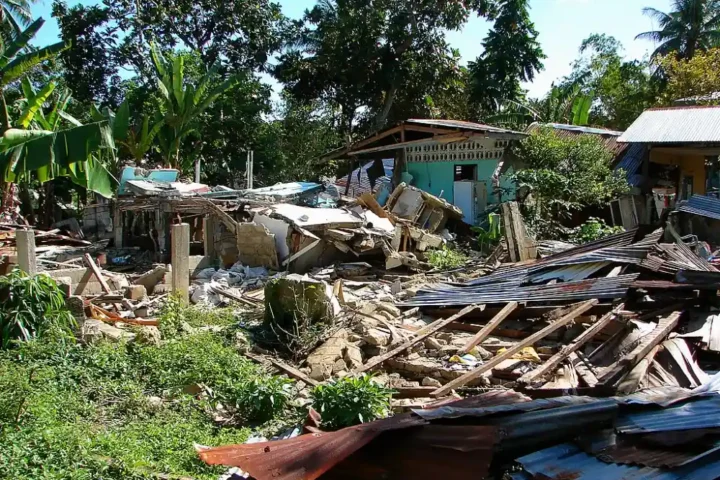
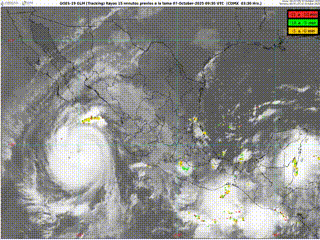

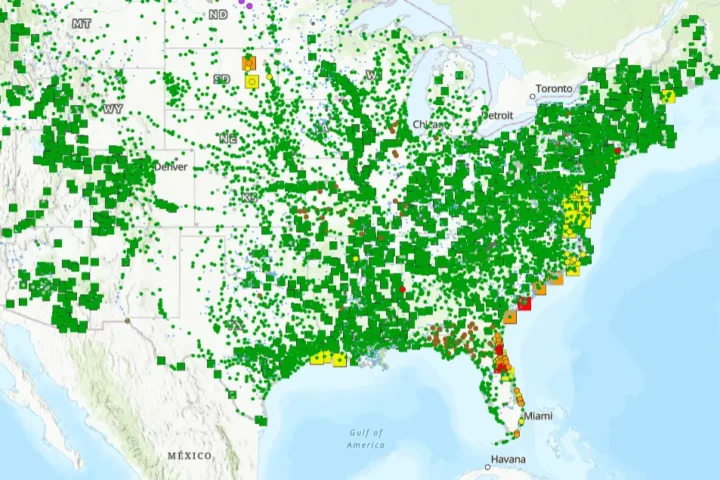
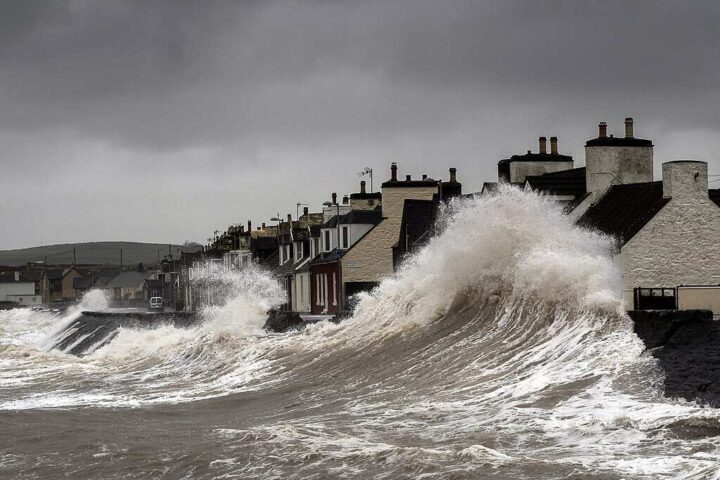

Sorry, I don’t buy it! Where is your evidence (scientific evidence) cloud seeding did not cause or enhance the floods. Your simply taking the word of scientist who have no actual evidence or investigation and are simply stating their opinion. Remember “Russia, Russia”, Watergate and how many other conspiracies we actually got wrong! Of course everybody and their uncle is denying this, why, because there would be a trillion lawsuits, just like all of a sudden the Epstein client list magically disappeared after it was said they were reviewing it.